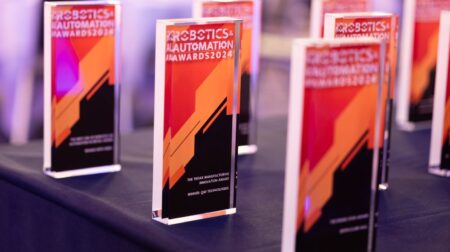Chinese astronauts on spaceflight Shenzhou 14 have started testing a new space station module, named Wentian.
This mission is the ninth crewed Chinese space mission and the fourteenth total flight of the Shenzhou spacecraft.
Wentian launched on July 24 of this year, increasing the number of China’s Tiangong space station’s modules to two.
Since then, the Shenzhou 14 crew, which includes Chen Dong, Cai Xuzhe and Liu Yang, have been testing the module, which includes a 19.6ft (6m) robotic arm and a life support system.
The newly-installed facilities in Wentian will reported accomodate six astronauts, which should enable China’s first crew handover between the Shenzhou 14 and 15 teams by the end of 2022.
The robotic arm on the module is supposed to be a more skilled and mobile version of a previous 33.5ft(10.2m) machine arm, which was launched with the Tianhe core module on the same station. It is intended for use in external repair missions and spacewalks.
“Last week, the astronauts used the in-orbit training software and training platform to test the small mechanical arm,” Wang Chunhui, deputy chief designer of the astronaut system of the China Astronaut Research and Training Center.
“During the spacewalk, we can see that the third astronaut is manipulating the mechanical arm in the cabin to support the work of the other two outside.”
The regenerative life support system will reportedly be set-up in the coming weeks.
The crew plan to use Wentain to support a spacewalk and to host a live lecture, once module testing has finished. The module also holds cabinets to support equipment storage for experiments in low orbit.







